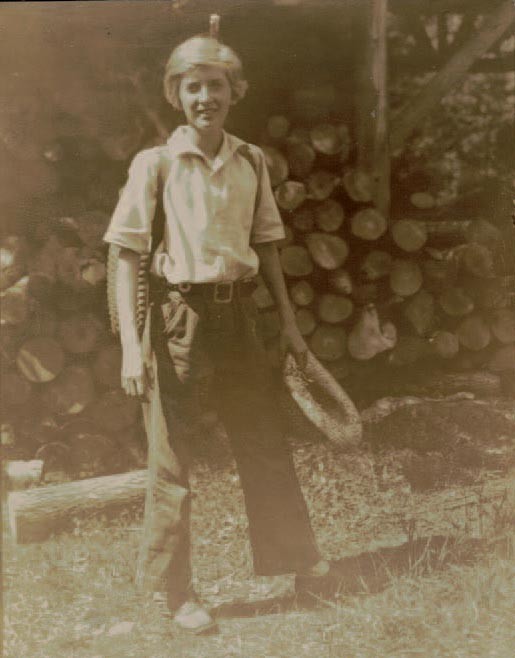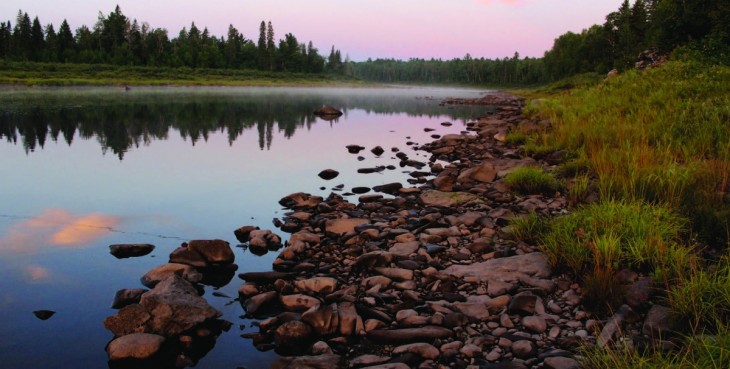
During the summer, in addition to stocking five cords of firewood for the colder months, I spent time preparing for an autumn moose hunt in the forest of northern Maine. My hunting companion will be a fellow career conservationist who never says “no” to an opportunity to disappear from civilization for a while. We’ll likely hunt on land that is privately owned, benefitting from a generations-long tradition among many forest landowners in Maine that allows public use of land for certain activities, including hunting. For this, we give thanks.
We hunt in the far north of the state, where the St. John River flows north along the border of Maine and Quebec. Eighty miles of dirt road separates us from the nearest general store. The radio here plays French Canadian hip-hop. There is no cell service, no wi-fi, no fast and easy modern conveniences. We carry high-lift jacks, spare tires, extra fuel, canoes, chainsaws, ice, and lots of bacon. Even once we have returned home, there will be no posting on social media – that would be a dishonor to the experience.
This area of Maine is known for its deep, dank spruce flats along the St. John, where, as the river guides say, “If you want to build a campfire you better catch your wood before it hits the ground.” Canada lynx silently pursue snowshoe hares in the dense spruce-fir forests. Pine marten den in hollow logs. And the moose population, struggling in other places due in large part to the winter tick, is thriving.
My family has a long tradition of hunting in the deep woods. I carry the rifle that my great-grandmother used to hunt deer in the Adirondacks during the Great Depression. While I do not profess to love guns, I do have some that are very good friends, and this is one of them. Made in New Haven, Connecticut, by the Winchester Repeating Arms Company in the 1920s and stocked in well-worn American black walnut, this rifle carries the handling marks of four generations. My son, who shot his first buck at 10 years old, now carries this rifle, and it will become part of his stories, too.
My own hunting experience this fall will be just one of many, as men and women, young and old, spread out in the vast forests of Maine in pursuit of moose, bear, deer, and grouse. Some will be carrying on a long tradition, others starting a new autumn ritual. But there will be a common thread at hunting camps around the state and beyond. Coffee percolated on the woodstove tastes richer. Venison chops cooked in bacon fat with wild chanterelle mushrooms over a smoky campfire are better than anything on the menu of a five-star restaurant. We’ll sit around the fire and share stories – from this day and from past hunts, of encounters with wild animals and the one that got away. And, inevitably, someone will pause, tired and content after a day in the woods, and remark, “The best part is just being out here.”



